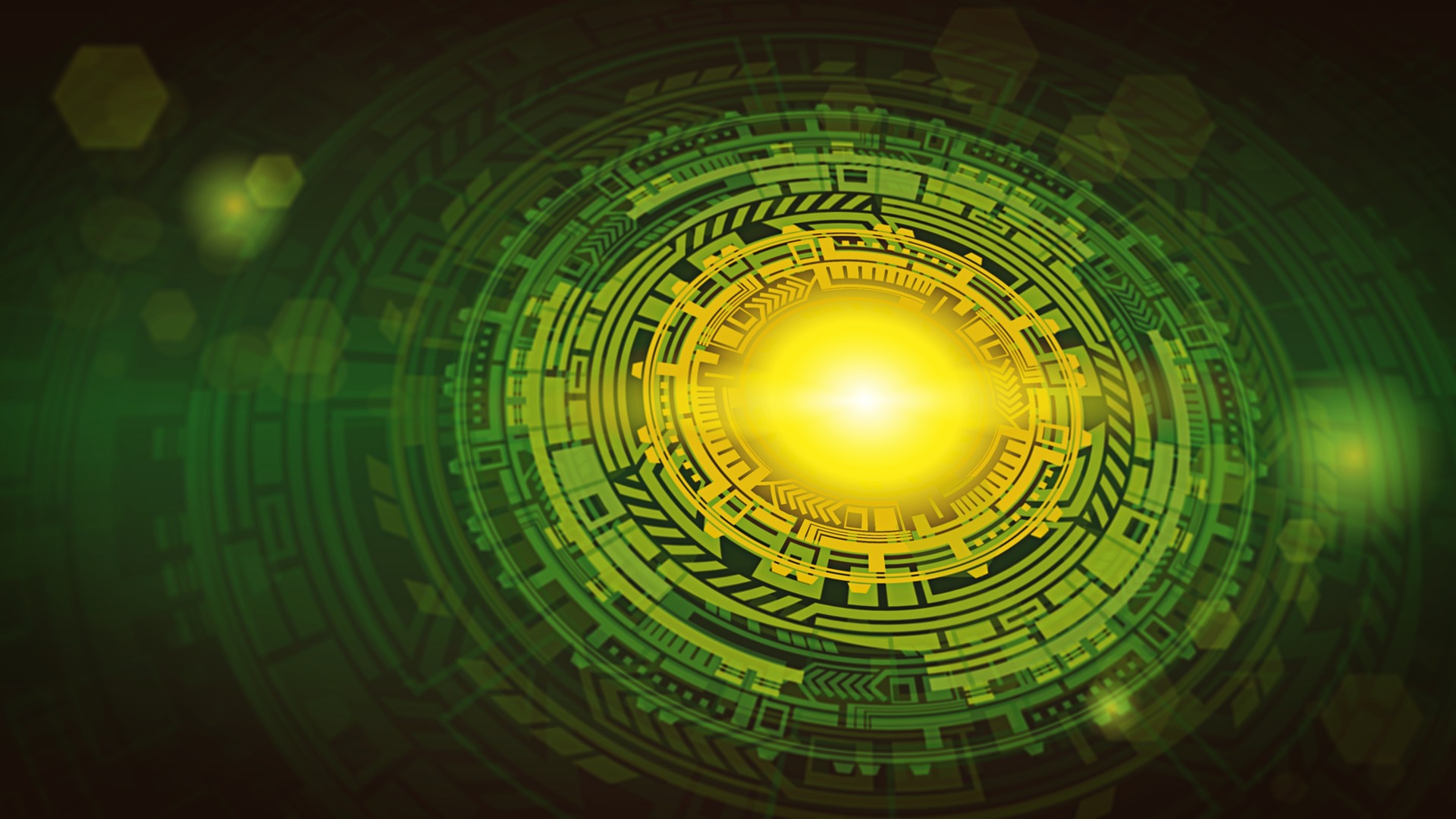量子コンピュータに実行できるニューラルネットワークを開発しまして、量子AIの夢が実現してきています
おはようございます、ブルーネットです。
人類の進歩が段々早くなってきているみたいです。
元の記事は:
[日本語]
量子コンピュータでの特殊なニューラルネットワーク開発成功に伴い、量子ニューラルネットワークの発見が確立されました。 イタリアのパヴィア大学の研究チームは、量子コンピュータ上で動作するように基本的な人工ニューラルネットワークを修正しました。
巷のニューラルネットワークと比べると、アーキテクチャーはまだ単純ですが、この概念の証明は、一つ一つの量子ビットを単一のニューロンとして扱うではなく、どのようにして量子コンピュータでニューラルネットワークを実行できるかを示しています。
研究チームが利用した機械学習アルゴリズムは、パーセプトロン(perceptron)と呼ばれるものです。 パーセプトロンは、範囲が限定された最も単純な機械学習アルゴリズムの1つであり、本質的には単一層ニューラルネットワークであります。
このアルゴリズムは、ベクトル入力として数値の配列をとり、単一のビット出力を生成する重みベクトルをそれらに乗算します。 出力がしきい値を満たしている場合は、「1」になりますし、それ以外の場合は0になります。
アルゴリズム自体は新しいものではなく、コーネル航空研究所のフランク・ローゼンブラット氏(Frank Rosenblatt)が1957年に発明したものです。 パーセプトロンには、デジタル画像のピクセル識別などの使い道はあります。
ピクセル値の入力が配列として帰属されるので、アルゴリズムは、配列が猫の写真かどうかを決定するために使用できる各ピクセルの個別の重みを持ちます。 さらに、人工知能と量子コンピュータを組み合わせるための基盤を開発するのに役立ちます。
研究チームは、IBMのクラウドベースの量子コンピュータの「Q Experience」でアルゴリズムを実行しました。この量子コンピュータは5キュビットのパワーを持っていますので、普段研究用に使われているものです。 初歩的な量子AIは、前述の例と似たように画像分類タスクを実行しました。 プログラムは、瞬間としての3つの基本的なパターンの画像しか識別できません。
しかし、量子コンピューティング能力を持つAIの利点は、計算できる次元が指数関数的に増加していることです。 視点に入れるために、古典的なコンピュータ上のパーセプトロンはX個の次元の入力を取ることができ、量子バージョンは次元の2 ^ X個の数を取ることができます。
単層パーセプトロンは直線しか処理することしかできませんが、AIのさまざまなアプリケーションや発展を見ればわかるように、人間を大幅に上回る能力があります。開発が進むにつれて、AIアルゴリズムと量子コンピュータの組み合わせは、人類の進歩を爆発的に加速させる可能性があります。これらの技術は、人類を技術的特異点(Technological Singularity)の時代に導くことになるでしょう。
[English]
The discovery of a quantum neural network has been established with the successful run of a specialized neural network on a quantum computer. Researchers at Italy’s University of Pavia have modified a rudimentary artificial neural network that is able to run on a quantum computer.
Though still simple in architecture to some of neural networks out in the industry, this proof of concept does demonstrate how neural networks can be run on quantum computers without treating each individual quantum bits as a single neuron.
The machine learning algorithm they utilized is something called a perceptron. The perceptron is one of the simplest machine learning algorithm with limited scope and is essentially a single-layer neural network.
The algorithm takes an array of numbers as a vector input and multiplies them by a weight vector which produces a single bit output. If the output meets a threshold, it will be a 1 and 0 otherwise.
The algorithm itself is not new as it was invented way back in 1957 by a man named Frank Rosenblatt of Cornell Aeronautical Laboratory. Despite this, the algorithm still has some useful applications such as with pixel identification in a digital picture.
As the input of pixel values are imputed as an array, the algorithm will have individual weights for each pixel that can be used to determine if the array is a picture of a cat. But the more exciting thing about this is the implications; as this helps develop the foundation for combining quantum computers with artificial intelligence.
The research team ran the algorithm on IBM’s cloud based quantum computer called Q Experience, which has the power of 5 qubits. The rudimentary quantum AI conducted an image classification task similar to the aforementioned example. The program can only identify three basic patterns of images as the moment.
But the advantage of an ai with quantum computing powers is that it has an exponential increase in the dimension that it can calculate. To put it into perspective, a perceptron on a classical computer can take an input of X number of dimensions, the quantum version can take 2^X number of dimensions.
The single layer perceptron can process straight lines but as we have seen with various applications and advancements in ai, it has the ability to vastly outpace humans. As development progresses, we may begin to see our best ai algorithms running on universal quantum computers, catapulting human progress to a post singularity era.


